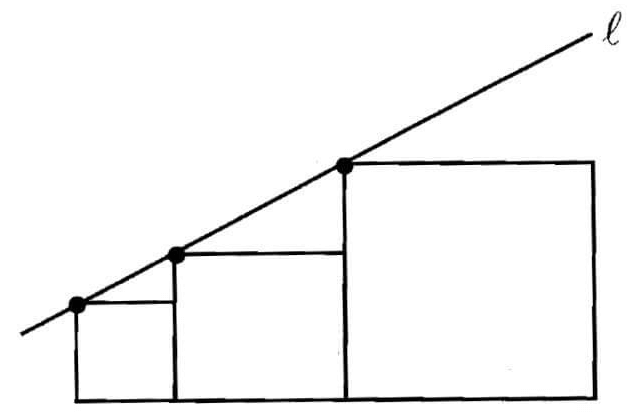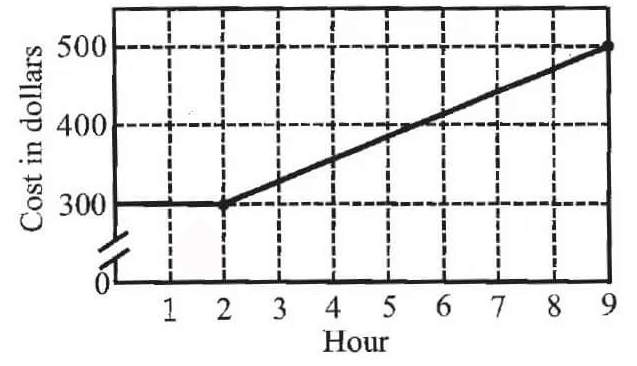HOW TO FIND GCD AND LCM OF TWO POLYNOMIALS
Key Concept
1. To find GCD or LCM of polynomials, first we have to factor the given polynomials.
2. The coefficients of the variables like x as much as possible.
3. If there is quadratic or cubic polynomial, then it has to be factored suitable algebraic identities.
4. To find GCD, multiply the common factors
5. To find LCM, multiply the factors with highest exponents.
Practice Problems
Problem 1 :
Find the LCM and GCD of the following polynomials.
21x2y and 35xy2
And also verify the relationship that the product of the polynomials is equal to the product of their LCM and GCD.
Solution :
Let f(x) = 21x2y and g(x) = 35xy2
f(x) = 21x2y = 3 ⋅ 7 ⋅ x2 y
g(x) = 35xy2 = 5 ⋅ 7 ⋅ x y2
|
L.C.M = 7 ⋅ 3 ⋅ 5 ⋅ x2 ⋅ y2 = 105 x2 y2 |
GCD = 7 ⋅ x ⋅ y = 7xy |
f(x) × g(x) = LCM × GCD
21x2y (35xy2) = (105 x2 y2)(7xy)
735x3y3 = 735x3y3
So, the relationship verified.
Problem 2 :
Find the LCM and GCD of the following polynomials.
(x3 −1)(x +1) and (x3 +1)
And also verify the relationship that the product of the polynomials is equal to the product of their LCM and GCD.
Solution :
Let f(x) = (x3 −1)(x +1) and g(x) = (x3 +1)
a3 -b3 = (a-b)(a2 + ab + b2)
f(x) = (x3 −1)(x +1) = (x - 1)(x2 + x + 1)(x +1)
g(x) = (x3 +1)
a3 + b3 = (a+b)(a2 - ab + b2)
g(x) = (x3 + 1) = (x + 1)(x2 - x + 1)
|
L.C.M = (x-1)(x+1)(x2+x+1)(x2-x+1) = (x3 - y3)(x3 + y3) = (x3)2 - (y3)2 = x6 - y6 |
G.C.D GCD = x + 1 |
f(x) × g(x) = LCM × GCD
(x3 −1)(x +1) ⋅ (x3 +1) = (x6 - y6) (x + 1)
(x3)2 - (y3)2(x + 1) = (x6 - y6) (x + 1)
(x6 - y6) (x + 1) = (x6 - y6) (x + 1)
So, the relationship verified.
Problem 3 :
Find the LCM and GCD of the following polynomials.
(x2y + xy2) and (x2 + xy)
And also verify the relationship that the product of the polynomials is equal to the product of their LCM and GCD.
Solution :
Let f(x) = (x2y + xy2) and g(x) = (x2 + xy)
f(x) = (x2y + xy2) = xy (x + y)
g(x) = (x2 + xy) = x(x + y)
|
L.C.M = xy(x + y) |
GCD = x(x + y) |
f(x) × g(x) = LCM × GCD
xy (x + y) ⋅ x(x + y) = xy(x + y) ⋅ x(x + y)
x2y(x + y)2 = x2y(x + y)2
So, the relationship verified.
Kindly mail your feedback to v4formath@gmail.com
We always appreciate your feedback.
©All rights reserved. onlinemath4all.com
Recent Articles
-
Digital SAT Math Problems and Solutions (Part - 146)
Apr 18, 25 06:52 AM
Digital SAT Math Problems and Solutions (Part - 146) -
Logarithmic Derivative Problems and Solutions
Apr 16, 25 09:25 PM
Logarithmic Derivative Problems and Solutions -
Digital SAT Math Problems and Solutions (Part - 145)
Apr 16, 25 12:35 PM
Digital SAT Math Problems and Solutions (Part - 145)

